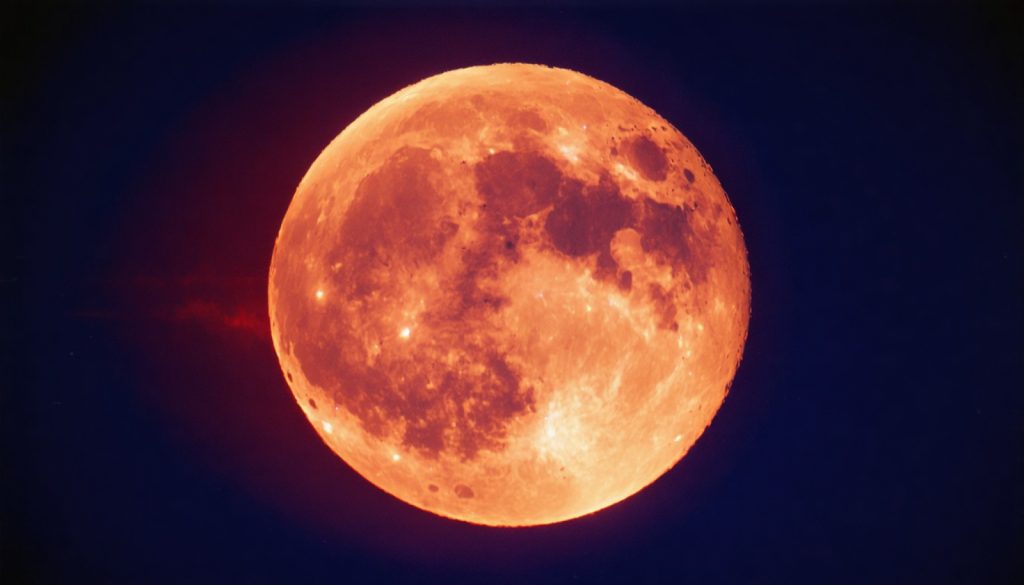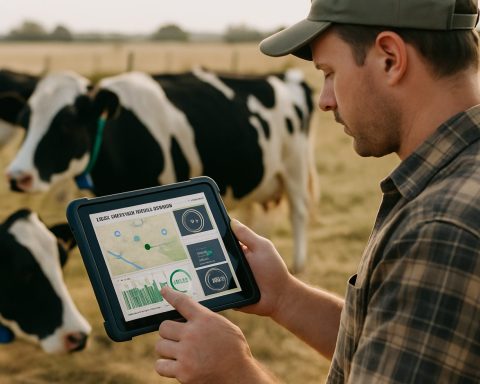
The Blood Moon Eclipse on March 14th: What It Means for These Four Zodiac Signs
The Blood Moon Total Lunar Eclipse on March 14th, 2025, brings transformative changes, particularly impacting Virgo, Gemini, Sagittarius, and Pisces. Virgos are encouraged to embrace personal evolution and let go of outdated self-conceptions for growth in relationships and aspirations. Geminis are advised












